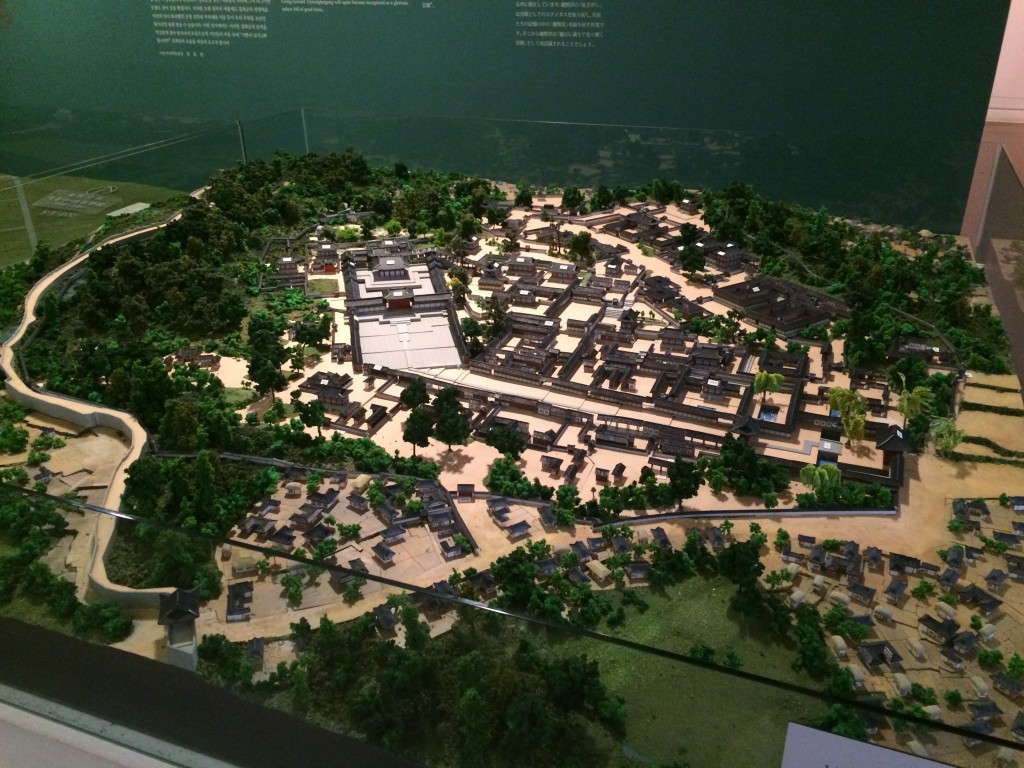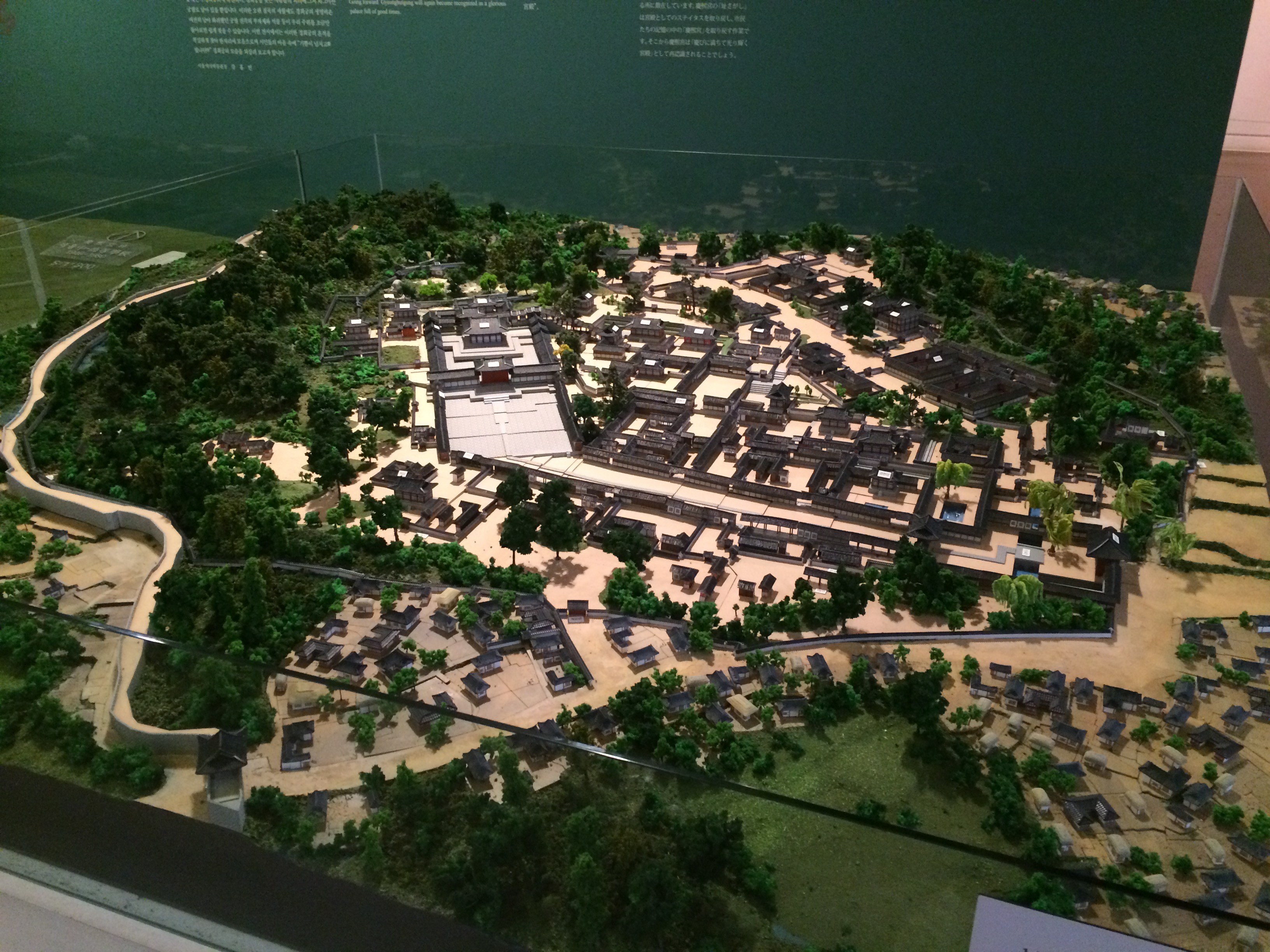While Seoul grew rapidly from the ashes to become a metropolis, this city lost much of its uniqueness and beauty, in particular, a set of organically linked traditional buildings. Two miniatures at the Seoul Museum of History showed stark contrast.

Seoul became the capital of a sovereign nation in 1945, with Korea’s liberation from Japanese colonial rule, and three years later, it was upgraded to “Special City” status. However, the city was plagued by poverty as refugees poured in from North Korea and masses of ethnic Koreans returned to their homeland from overseas. Making matters worse, the Korean War broke out in 1950, and soon the city was in ruins. After the war, economic development returned, and Seoul began to transform into a huge, modern metropolis. The construction industry advanced steadily with the pressing need for more water mains, sewage systems, roads, subways, housing and schools to accommodate the explosive population growth. Streets were laid in the area south of the Hangang River, and the boundaries of the Seoul metropolitan area continued to expand. The ‘Miracle on the Han River’ brought industrialization, economic growth, democratization, and governmental decentralization to the nation.
(1945 – 2002, Period of Rapid Growth Seoul, Rising from the Ashes to become a Metropolis)

